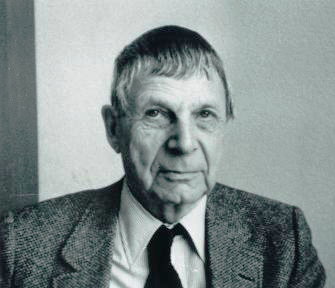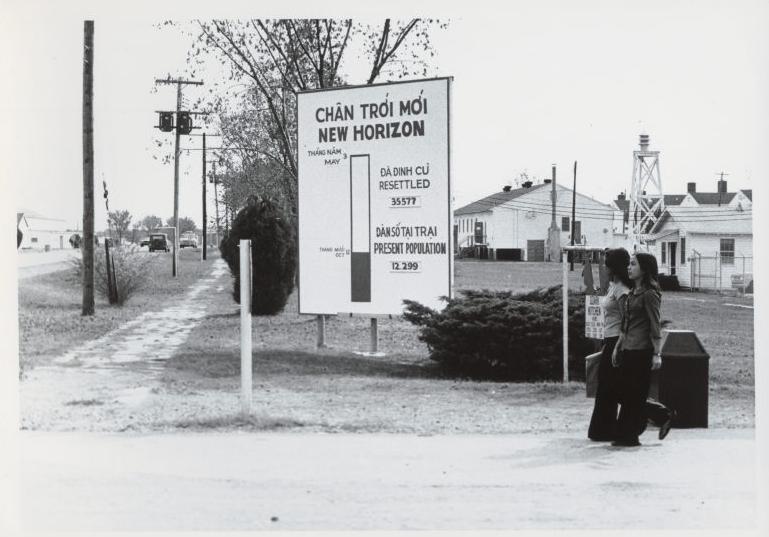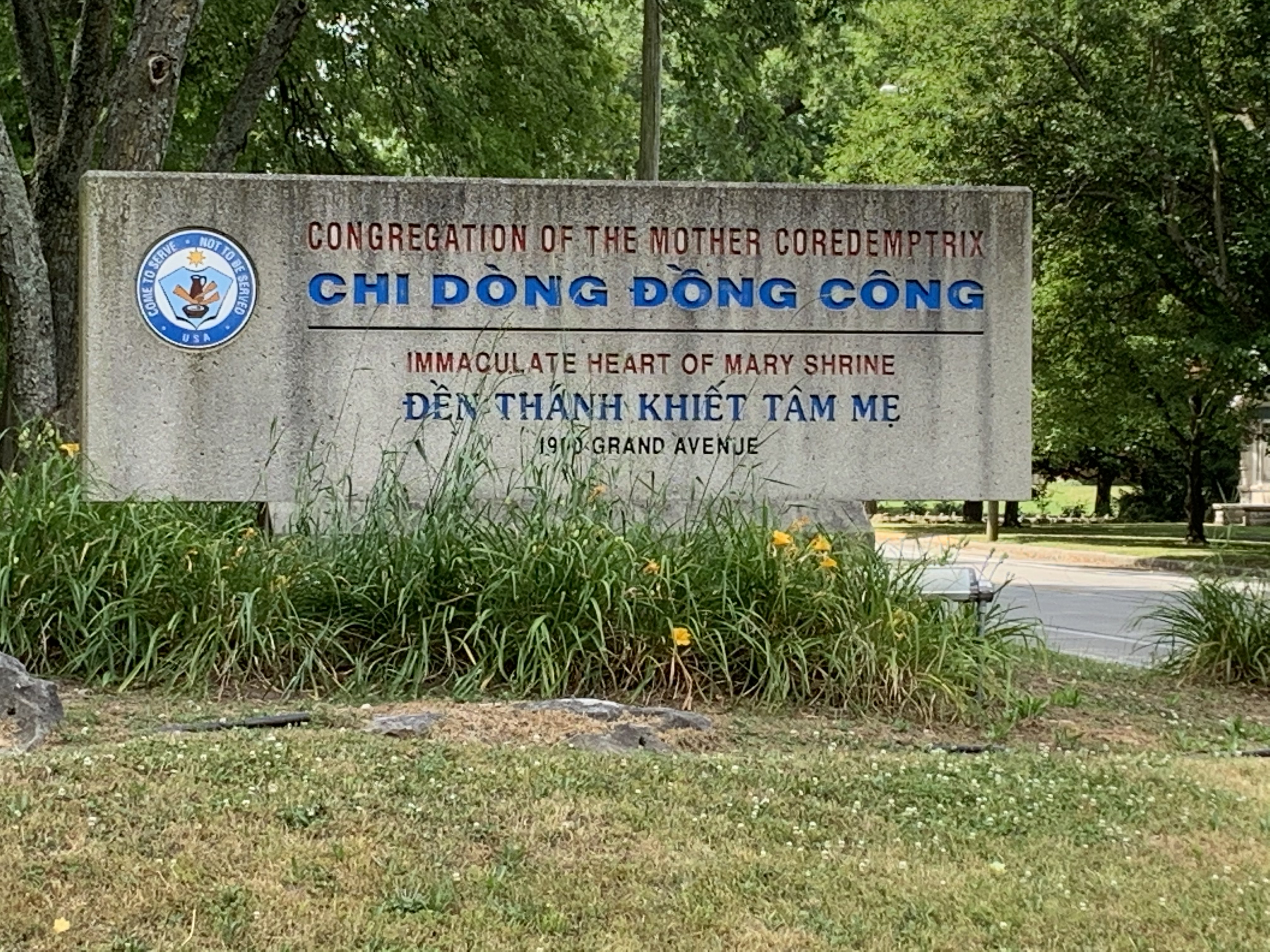|
Science And Technology In Vietnam
The main managing agency responsible for science and technology (S&T) in Vietnam is the Ministry of Science and Technology (MOST). MOST's responsibilities include scientific research, technology development and innovation activities; development of science and technology potentials; intellectual property; standards, metrology and quality control; atomic energy, radiation and nuclear safety; and state management on public services in fields under the Ministry’s management as stipulated by law. Background The origins of science and technology and Vietnam can be traced back to as early as 20,000 BC to the Sơn Vi culture, a late Paleolithic Age in Vietnam characterized by stone tools. Pebble tools similar to ones found around the world dating to this period have been found by archeologists in the Son La and Phu Tho provinces. Following the Stone Age, the Dong Sun Bronze Age culture dating from 1,000 BC-100 AD came about in the Red River Valley region of northern Vietnam. Dong Son ... [...More Info...] [...Related Items...] OR: [Wikipedia] [Google] [Baidu] |
Sơn Vi Culture
The Sơn Vi culture is the name given to a culture of the late Palaeolithic and early Mesolithic in Vietnam, which preceding the Hòa Bình culture. It's named after Sơn Vi ( vi), a commune (xã) in Lâm Thao District, Phú Thọ Province Phú Thọ is a Provinces of Vietnam, province in Đông Bắc, northern Vietnam. Its capital is Việt Trì, which is from Hanoi and from Noi Bai International Airport, Nội Bài International Airport. The province covers an area of and, as ..., where relics from this culture were first founded.Phó Giáo sư Lê Trung Vũ - Lễ hội Việt Nam - Page 263 "Tên chữ của làng là Sơn Vi, nghĩa là vân núi, tên nôm là kẻ Vây, đọc trại thành kẻ Vầy, nên tục ngữ có câu: ..." References Ancient Vietnam Archaeological cultures of Southeast Asia Archaeological cultures in Vietnam Paleolithic cultures of Asia Mesolithic cultures of Asia {{Asia-archaeology-stub ... [...More Info...] [...Related Items...] OR: [Wikipedia] [Google] [Baidu] |
Fields Medal
The Fields Medal is a prize awarded to two, three, or four mathematicians under 40 years of age at the International Congress of Mathematicians, International Congress of the International Mathematical Union (IMU), a meeting that takes place every four years. The name of the award honours the Canadian mathematician John Charles Fields. The Fields Medal is regarded as one of the highest honors a mathematician can receive, and has been list of prizes known as the Nobel or the highest honors of a field, described as the Nobel Prize of Mathematics, although there are several major differences, including frequency of award, number of awards, age limits, monetary value, and award criteria. According to the annual Academic Excellence Survey by Academic Ranking of World Universities, ARWU, the Fields Medal is consistently regarded as the top award in the field of mathematics worldwide, and in another reputation survey conducted by IREG Observatory on Academic Ranking and Excellence, IR ... [...More Info...] [...Related Items...] OR: [Wikipedia] [Google] [Baidu] |
Ngô Bảo Châu
Ngô Bảo Châu (, born June 28, 1972) is a Vietnamese-French mathematician at the University of Chicago, best known for proving the fundamental lemma for automorphic forms (proposed by Robert Langlands and Diana Shelstad). He is the first Vietnamese national to have received the Fields Medal. Early life Ngô Bảo Châu was born in 1972, the son of an intellectual family in Hanoi, North Vietnam. His father, professor Ngô Huy Cẩn, is full professor of physics at the Vietnam National Institute of Mechanics. His mother, Trần Lưu Vân Hiền, is a physician and associate professor at an herbal medicine hospital in Hanoi. The beginning of Châu's schooling was at an experimental elementary school that had been founded by the revolutionary pedagogue Hồ Ngọc Đại, but when his father returned from the Soviet Union with his doctoral degree, he decided that Châu would learn more in traditional schools and enrolled him in the "chuyên toán" (special classes for gifted st ... [...More Info...] [...Related Items...] OR: [Wikipedia] [Google] [Baidu] |
Hoàng Tụy
Hoàng Tụy (7 December 1927 – 14 July 2019) was a prominent Vietnamese applied mathematician. He was considered one of two founders of the mathematical institutions of Vietnam; the other was Lê Văn Thiêm. Career Hoàng Tụy's early career coincided with the French war (1946–1954), which interrupted his studies. In December 1946, after two months as a mathematics student at Hanoi University of Science VNU, he had to return to the south, because the French had invaded and seized Hanoi, and the University had closed. Hoàng Tụy taught secondary school in Quảng Ngãi province in the Fifth Liberated Zone from 1947 to 1951, during which time he wrote a geometry textbook that was published by the Việt Minh press—perhaps the first time a guerrilla movement published a math book. In the early 1950s, Hoàng Tụy studied with Lê Văn Thiêm in the university that the Việt Minh had opened in a liberated zone in the far north near the Chinese border. In September 195 ... [...More Info...] [...Related Items...] OR: [Wikipedia] [Google] [Baidu] |
Đái Duy Ban
Đái Duy Ban (born September 22, 1937) is a Vietnamese professor, academician, doctor sciences, and famous medical doctor. Former Director of Institute for Applied Biochemistry at Vietnam Academy of Science and Technology, he has been currently as the founder of DAIBIO Company and DAIBIO Great Traditional Medicine Family Clinic, Member of Scientific Council of the international Centre of Biocybernetic - Pacific Federation of Clinical Biochemtry, President of Vietnam Medial Biochemical Association, Director - in - Chief of Vietnam Journal of Biochemical and Medical, Rector of Van Xuan University of Technology, President of Institute Research Education and Transfer Biotechnology. Biography Prof.Aca.D.Sc Dai Duy Ban was born in the village of Dai, Quang Hai, Quang Xuong, Thanh Hoa Province in Vietnam. * 1960 - 1965: He was graduated at excellent level from Hanoi Medical University. * 1980: He defended his PhD thesis successfully with excellent vote from Polish Scientific Committee. ... [...More Info...] [...Related Items...] OR: [Wikipedia] [Google] [Baidu] |
Vietnamese Americans
Vietnamese Americans () are Americans of Vietnamese people, Vietnamese ancestry. They constitute a major part of all overseas Vietnamese. As of 2023, over 2.3 million people of Vietnamese descent live in the United States, making them the fourth largest Asian American ethnic group.The majority (60%) are immigrants, while 40% were born in the United States. The Vietnamese American population grew significantly after 1975, when a large wave of South Vietnam, South Vietnamese refugees arrived in the U.S. following the end of the Vietnam War. Today, over half of Vietnamese-Americans reside in California and Texas, particularly in metropolitan areas like Los Angeles, Houston, and San Jose, California, San Jose. History Early arrivals (pre-1975) The history of Vietnamese Americans is relatively recent. Early arrivals included both laborers and elites. Among them was Ho Chi Minh, who later became a Vietnamese communist leader. He arrived in 1912 as a ship’s cook, although parts of ... [...More Info...] [...Related Items...] OR: [Wikipedia] [Google] [Baidu] |
Phong Reflection Model
The Phong reflection model (also called Phong illumination or Phong lighting) is an empirical model of the local illumination of points on a surface designed by the computer graphics researcher Bui Tuong Phong. In 3D computer graphics, it is sometimes referred to as "Phong shading", particularly if the model is used with the interpolation method of the same name and in the context of pixel shaders or other places where a lighting calculation can be referred to as “shading”. History The Phong reflection model was developed by Bui Tuong Phong at the University of Utah, who published it in his 1975 Ph.D. dissertation. It was published in conjunction with a method for interpolating the calculation for each individual pixel that is rasterized from a polygonal surface model; the interpolation technique is known as Phong shading, even when it is used with a reflection model other than Phong's. Phong's methods were considered radical at the time of their introduction, but hav ... [...More Info...] [...Related Items...] OR: [Wikipedia] [Google] [Baidu] |
Bui Tuong Phong
Bui Tuong Phong (December 14, 1942July 1975) was a Vietnamese-born computer graphics researcher and pioneer. He invented the widely used Phong shading algorithm and Phong reflection model. Life Phong was born in Hanoi. After attending the Lycée Albert Sarraut there, he moved with his family to Saigon in 1954, where he attended the . He went to France in 1964 and was admitted to the Grenoble Institute of Technology. He received his '' licence ès sciences'' from Grenoble in 1966 and his ''Diplôme d'Ingénieur'' from the ENSEEIHT, Toulouse, in 1968. In 1968, he joined the (then IRIA) as a researcher in Computer Science, working in the development of operating systems for digital computers. He went to the University of Utah College of Engineering in September 1971 as a research assistant in Computer Science and he received his Ph.D. from the University of Utah in 1973. In 1975, after his tenure at the University of Utah, Phong joined Stanford University as a professor. Ph ... [...More Info...] [...Related Items...] OR: [Wikipedia] [Google] [Baidu] |
Eugene H
Eugene may refer to: People and fictional characters * Eugene (given name), including a list of people and fictional characters with the given name * Gene Eugene, stage name of Canadian born actor, record producer, engineer, composer and musician Gene Andrusco (1961–2000) * Eugene (wrestler), professional wrestler Nick Dinsmore * Eugene (actress) (born 1981), Kim Yoo-jin, South Korean actress and former member of the singing group S.E.S. Places Canada * Mount Eugene, in Nunavut; the highest mountain of the United States Range on Ellesmere Island United States * Eugene, Oregon, a city ** Eugene, OR Metropolitan Statistical Area ** Eugene (Amtrak station) * Eugene Apartments, NRHP-listed apartment complex in Portland, Oregon * Eugene, Indiana, an unincorporated town * Eugene, Missouri, an unincorporated town Business * Eugene Green Energy Standard, or EUGENE, an international standard to which electricity labelling schemes can be accredited to confirm that the ... [...More Info...] [...Related Items...] OR: [Wikipedia] [Google] [Baidu] |
Đàm Thanh Sơn
Đàm Thanh Sơn (born 1969) is a Vietnamese theoretical physicist working in quantum chromodynamics, applications of string theory and many-body physics. Early life and education Born in North Vietnam, Bac Ninh. Sơn attended HUS High School for Gifted Students, where he won gold medal in the International Mathematics Olympiad with an absolute score, and received his Ph.D. at the Institute for Nuclear Research in Moscow in 1995. Career Sơn was a postdoc at the University of Washington from 1995 to 1997, and the MIT Center for Theoretical Physics from 1997 to 1999. From 1999 to 2002 he was a professor at Columbia University and a RIKEN-BNL fellow. He moved to Seattle in 2002 when he became a Senior Fellow at the Institute for Nuclear Theory and a professor in the Physics Department, University of Washington. In 2012, he moved to Chicago to serve as a professor at the University of Chicago. Honors * Outstanding Junior Investigator in Nuclear Physics, DOE, 2000 * Alfred P. ... [...More Info...] [...Related Items...] OR: [Wikipedia] [Google] [Baidu] |
Overseas Vietnamese
Overseas Vietnamese (, , or ) refers to the Vietnamese diaspora living outside of Vietnam. The global overseas Vietnamese population is estimated at 5 to 6 million people. The largest communities are in the United States, with over 2.3 million Vietnamese Americans, alongside significant populations in Vietnamese people in France, France, Vietnamese Australians, Australia, and Vietnamese people in Germany, Germany. Smaller but historically important communities are also found in Southeast Asia, particularly in Vietnamese Cambodians, Cambodia. The Vietnamese diaspora emerged through several major waves of migration. Early migration occurred during the French Indochina, French colonial period in the late 19th and early 20th centuries, followed by large-scale refugee exodus after the Vietnam War in 1975. In later decades, the diaspora grew further through family reunification, economic migration, and educational opportunities. Overseas Vietnamese continue to maintain strong cult ... [...More Info...] [...Related Items...] OR: [Wikipedia] [Google] [Baidu] |


